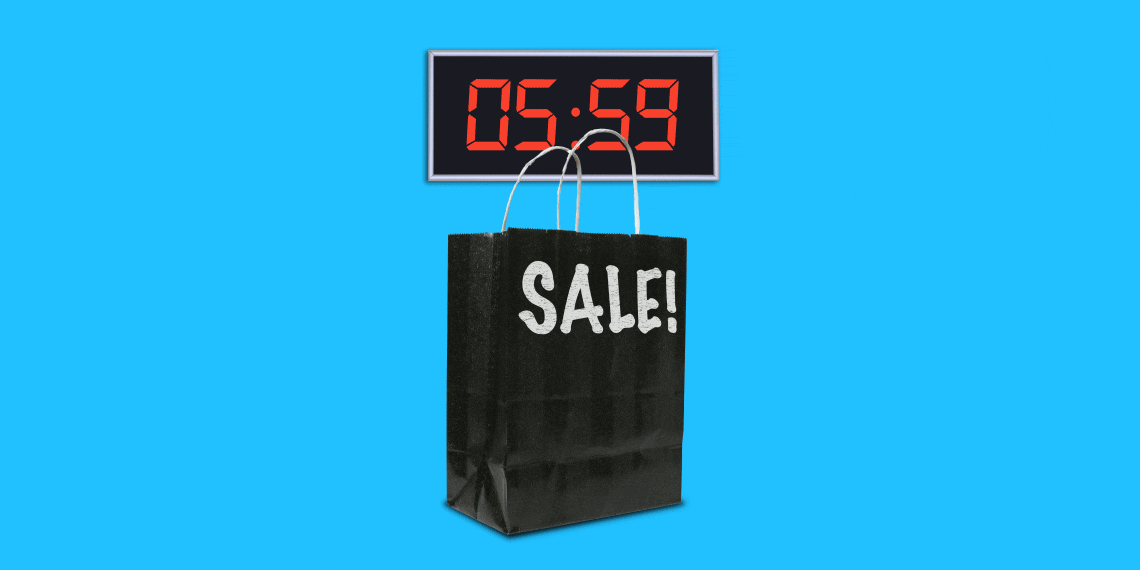
If another season of Black Friday and Cyber Monday sales made you feel you hadn’t saved enough to get the best deals without going into debt, you’re not alone. Last year, consumers collectively shelled out $6.59 billion on the annual post-Thanksgiving shop-a-thon—and it’s safe to assume a good chunk of that spend wasn’t budgeted.
The holiday season has a way of sneaking up on the unprepared. But if you’re willing to plan ahead, you can meet it head on with saving for a short-term savings goal based on flexible spending and conscious saving. Here are some ideas to help you get ready:
Take the 52-week savings challenge.
When the goal is a year off, it can be tough to stay motivated. Plan to save a certain amount each week—for example, $1 in week one, $2 in week two. You can customize the plan to your lifestyle by saving less in the months when, for example, you have a vacation planned or school tuition is due. Save more during those quieter months when you expect to spend less. You can also automate your saving to make it even easier to stay on track: Set up a high yield savings account and schedule a direct debit for the day after your paycheck clears.
Make a budget.
The idea is to spend a fixed percentage of your after-tax income on monthly “needs,” such as housing, groceries, health insurance; then a fixed percentage on “wants,” or the niceties, such as vacations, all clothing beyond the basics and your streaming video accounts. Once you’ve decided what those fixed percentages are, then devote the rest to saving. If you stick to that ratio, you’ll be able to put a healthy chunk of your income toward next year’s Black Friday and other holiday deals.
Cut down on entertainment.
On average, Americans spend $2,913 on entertainment each year. Reining in that category will help you find the surplus you need by next year’s holiday season. But be sure you’re taking an honest account of what you’re including. Theater tickets and skiing outings may be obvious examples, but others can be tricky. For instance, food is certainly a basic need, but dining out three times a week is more like entertainment. Basic cable may be a utility, but premium channels are not. Small sacrifices can really add up: cutting back on video streaming services for a whole year gets you $120 closer to a new flat screen TV next year.
Grow your savings faster.
In addition to spending less, make sure your savings are working for you. The annual percentage yield (APY) for a high yield online savings account can be many times higher than the yield for regular savings accounts, so it’s good to compare. Most high yield savings accounts limit the number of withdrawals per month, which can enforce a discipline for those tempted to raid the cookie jar. If you prefer to make a larger up-front deposit rather than saving weekly, consider putting the money in a certificate of deposit (CD), with rates that are even higher.
At the end of your months of saving, you’ll have a lot less anxiety about shopping. That means you can enjoy guilt-free spending on the year’s most exciting deals.
C.J. Prince is a freelancer writer who covers finance, business strategy and leadership. Her work has been published in Working Mother, Entrepreneur and New Jersey Monthly, as well as many financial websites and magazines.

